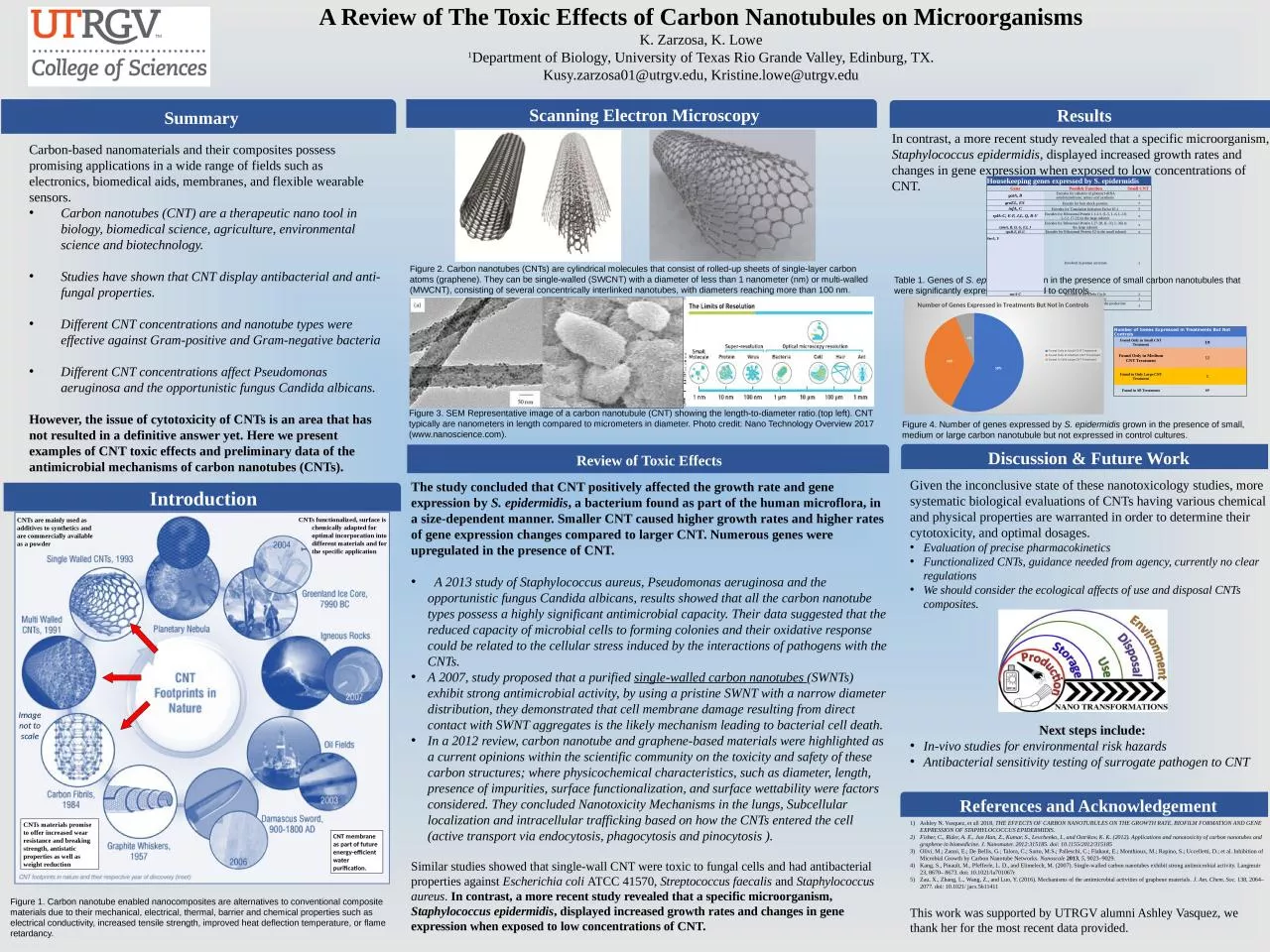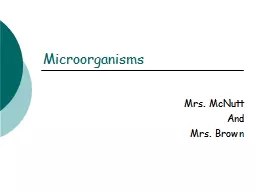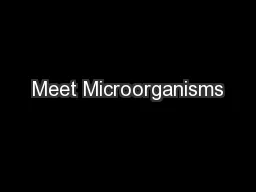PPT-A Review of The Toxic Effects of Carbon Nanotubules on Microorganisms
Author : nicole | Published Date : 2023-12-30
K Zarzosa K Lowe 1 Department of Biology University of Texas Rio Grande Valley Edinburg TX Kusyzarzosa01utrgvedu Kristineloweutrgvedu Summary Results Carbonbased
Presentation Embed Code
Download Presentation
Download Presentation The PPT/PDF document "A Review of The Toxic Effects of Carbon ..." is the property of its rightful owner. Permission is granted to download and print the materials on this website for personal, non-commercial use only, and to display it on your personal computer provided you do not modify the materials and that you retain all copyright notices contained in the materials. By downloading content from our website, you accept the terms of this agreement.
A Review of The Toxic Effects of Carbon Nanotubules on Microorganisms: Transcript
Download Rules Of Document
"A Review of The Toxic Effects of Carbon Nanotubules on Microorganisms"The content belongs to its owner. You may download and print it for personal use, without modification, and keep all copyright notices. By downloading, you agree to these terms.
Related Documents














